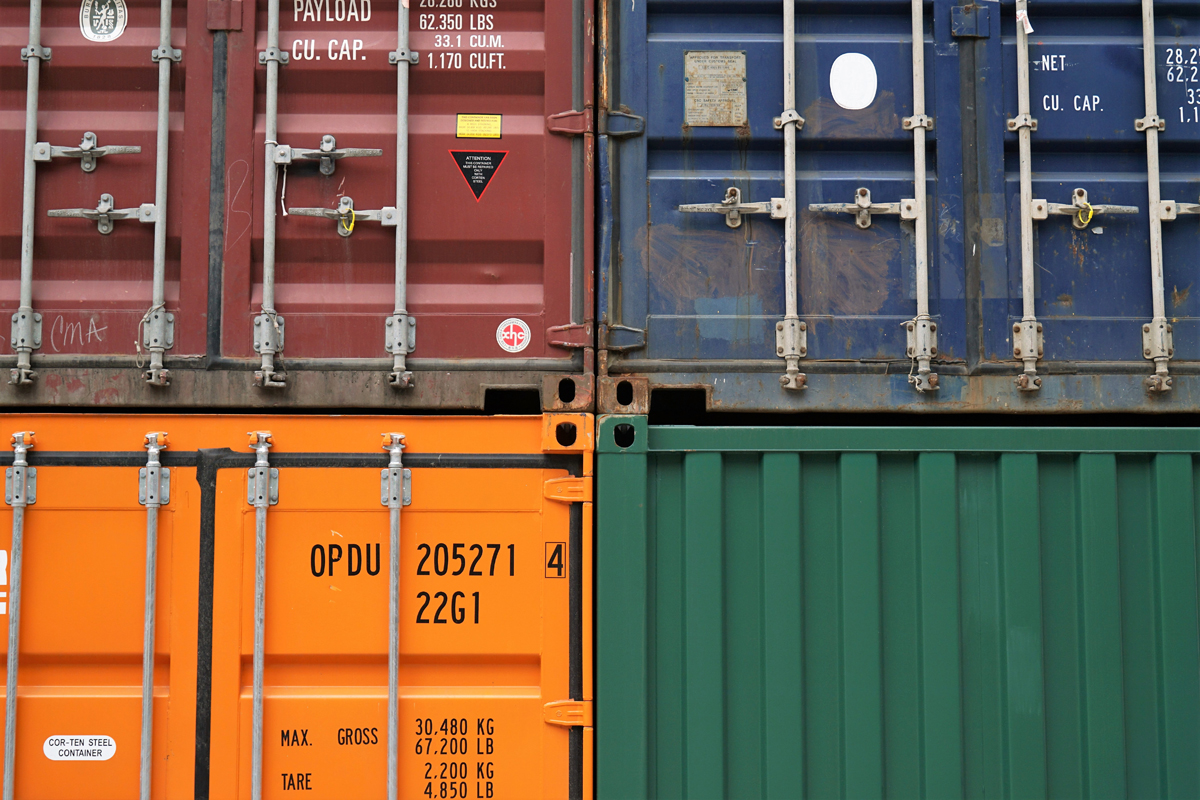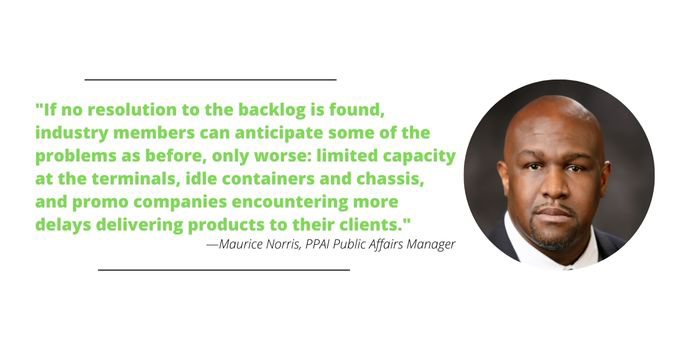Labor Disputes, Port Congestion Could Spur New Supply Chain Challenges

The supply chain outlook remains cloudy, with the chance of getting even worse.
Those importing goods or moving them across the country are likely to face new transit challenges in the coming months, adding to the issues that have plagued business for the better part of two years.
Making existing matters worse: West Coast port congestion prompted many importers to shift their shipments to the East Coast, which is now facing its own challenges. And more immediately, a threatened freight rail worker strike this month could further disrupt the movement of goods.
The Promo Perspective
Most promotional products imports come in through the West Coast, and even if the industry is not primarily affected by a rail strike due to low rail usage, the secondary impacts associated with shipping containers piling up at the ports even more than they already are would cause problems.
“Any scarcity of container space would further clog already strained shipping lanes,” says PPAI Public Affairs Manager Maurice Norris. “The surge in empty containers and lack of available chassis are issues that PPAI’s Product Responsibility Summit addressed during its Logistics Day last year and those problems could be exacerbated by more complications.
“If no resolution to the backlog is found, industry members can anticipate some of the problems as before, only worse: limited capacity at the terminals, idle containers and chassis, and promo companies encountering more delays delivering products to their clients.”
Off The Rails
Talks between rail lines and workers unions have gone on for more than two years, and as soon as September 16, approximately 115,000 freight rail workers could walk off the job in a strike that would cost the U.S. economy $2 billion a day or more.
In July, the Biden Administration created a Presidential Emergency Board (PEB) to recommend solutions to bring the two sides together, and on August 16 issued its recommendations. Federal law prohibits work stoppages for 30 days following the issuance of a PEB report to give both sides the opportunity to reach a settlement. That pause ends next week, and a labor agreement has not yet been signed.
The PEB’s findings include:
- The PEB recommended annual wage increases of between 4% and 7% through 2024, and retroactive increases of 3% for 2020 and 3.5% for 2021.
- Five $1,000 annual bonuses and an additional paid day off.
- Removal of the monthly employee healthcare contribution cap so that they equal 15% of the cost of covered benefits, and rebidding contracts to ensure competitive costs.
Among the 13 unions representing rail workers, the response to the PEB’s findings have been mixed. Five of the unions have reached tentative agreements to adopt the PEB’s recommendations. Unions representing the largest share of rail workers have not accepted its proposals, however, saying that they fall short in several areas, notably in their failure to address concerns over rail lines’ long hours and rigid schedules.
Remaining issues include:
- Workers report difficulties taking time off, for any reason, and are disciplined if they do, and being given little notice or rest before days-long shifts that take them far from home.
- Railroads have laid off about 30% of their staff over the past six years in pursuit of greater efficiency, and as cargo shipments picked up, understaffing created delays and overworked employees.
- Strict scheduling policies have made it difficult to recruit new staff.
A poll showed nine in 10 freight workers are willing to strike if an agreement isn’t reached. It remains to be seen if the appetite to do so remains with the salary increases suggested by the PEB. Additionally, Congress could head off a work stoppage and vote to enact the PEB recommendations. The federal government last ended a rail strike 30 years ago.

Port Congestion, Take Two
On the East Coast, the Port of New York and New Jersey is wrestling with a backlog of containers from shippers redirecting cargo to avoid delays at West Coast ports.
- In August, the port registered a 34% increase in container volume compared to prior to the pandemic.
- In its August 30 report, logistics firm Flexport noted that ships were sitting at anchor for a week or more waiting to offload or take on cargo.
- As seen at the ports of Long Beach and Los Angeles earlier in the year, empty containers are piling up – spending on average 30 days at the port – and chassis are in short supply.
Drayage firms report the congestion issue has gotten so bad that they are having difficulties moving trucks in and out of the ports and have found themselves responsible for storing empty containers. The contains are tying up valuable chassis, preventing the movement of cargo.
- The Association of Bi-State Motor Carriers, which represents drivers at the port, says that 94% of its members have had to send home workers because chassis were unavailable.
The Port Authority of New York and New Jersey is applying a remedy pursued by its counterparts in Los Angeles and Long Beach, and announced a $100 per day per container fee on containers sitting at the ports. Initially intended to go into effect on September 1, the fee has been postponed and will be reworked following discussions with cargo carriers.

